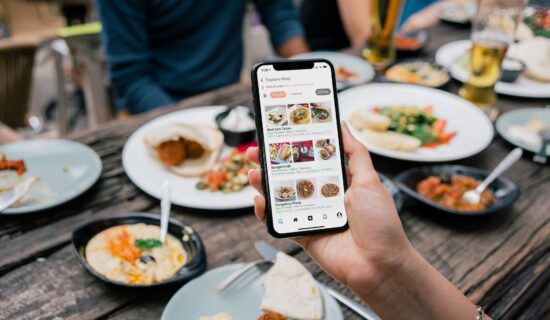Building an app that users love is a great step towards success. But that’s not all: you will need to find a way to monetize desktop or mobile apps. This way, you will gather a loyal audience and start making a profit from the product. The great idea is to utilize SDK. A vivid example is Infatica – monetization of user data has never been easier.
Nevertheless, a mobile app can generate income in a variety of ways. The main thing is to choose the right monetization strategy and think over how to implement it and fit it into the UX. We’ve put together different desktop software monetization strategies to help you take your revenue to the next level. If you want to make money on a new product or optimize existing monetization methods, then this article is for you.
How do you make money on apps?
Statista experts claim that users spent $ 143 billion on mobile apps in 2020. Costs are increasing every year, and ways to monetize desktop are becoming more elegant and, at the same time, more affordable.
However, this is not all. This article will focus on different monetization tools – perhaps you have not even thought about some of them, although you could have used them. If you have already chosen the only one for yourself, think you can use others as well to generate more profit.
The main ways to monetize mobile apps are:
- advertising;
- freemium;
- premium;
- subscription;
- in-app purchases.
Let’s dwell on each method in more detail.
Advertising
The free app is quickly gaining a solid subscriber base. Then its owners collect and analyze user data, provide statistics to potential advertisers and invite them to place targeted advertising content in the application. Facebook and Shazam work successfully in this scheme.
Pros:
- users are happy to download the free app.
- loyalty is not reduced if audiences are shown relevant advertisements.
Minuses:
- there will always be users who will uninstall the application because of annoying ads.
Freemium app
In the freemium model, the application has a package of free buns, and all additional options can be purchased for money. For example, we have developed the Chefkoch Academy app – a mobile self-guided cooking guide. Users get access to a number of cooking courses for free, and additional content can be purchased.
Pros:
- freemium monetization method is flexible and can be applied in most mobile applications;
- users can try the free version of the app, and if they like it, it will be easier to convince them to buy the advanced functionality.
Minuses:
- if the basic functionality is too narrow, users will leave, and if it is too broad, they will not be interested in the paid version.

Premium app
A paid app is the most obvious monetization option. But how do you convince the user to pay for the download? One of the ways is to announce killer features of the product, which one cannot refuse.
Pros:
- typically, there are no ads in a paid app;
- most likely, users will not abandon the application – they spent money on it.
Minuses:
- competing with free apps is not an easy task; you may need funds for promotion.
Subscription
This model to monetize desktop games overlaps with Freemium in many ways. The user gets something for free; for the rest, he has to pay. However, in this case, the application clients do not get access to the application itself but to the paid content. By paying for a basic subscription, they can watch, read or listen to a limited amount of content, and by paying for a premium subscription, they get access to everything. Yandex. Music, ivi online cinema, and Audible audiobook library work according to such mechanisms.
Pros:
- users buy a subscription when they are entirely loyal to the application, so the audience is warm.
Minuses:
- not all applications are based on content delivery, so this system may not be used everywhere.
In-App purchases
This way of monetizing an app involves in-app purchases: real or virtual. For example, in the dating application Free for Lunch (one of Azoft’s projects), you can purchase an extended subscription. It gives users a VIP status, special bonuses, and gifts for friends and disabled ads.
Pros:
- this monetization model is suitable for eCommerce businesses.
Minuses:
- in some countries, application owners are required to provide detailed information about purchases in mobile games – this is done to protect the rights of users.
So, choose the option (or several) you like most and good luck!


